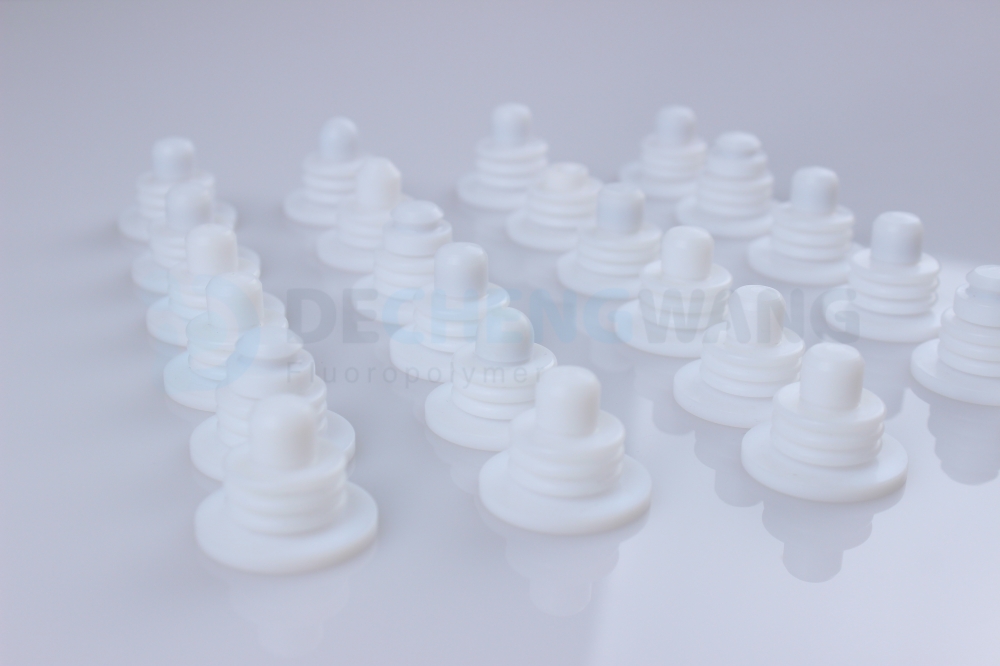
Applications: PTFE Bellows seals for valves
Bellows Mechanical Seal are a type of mechanical seal where the spring element is a bellows. They are a critical component in preventing fluid or gas
Teflon, commonly known as polytetrafluoroethylene (PTFE), is a thermoplastic synthetic fluoropolymer that can be used to create nonstick cookware and medical equipment.
Teflon is a common material for many specific applications, despite its poor mechanical qualities, because to its chemical resistance and high-temperature stability. As with nonstick frying pans, it is occasionally utilized as a coating rather than a basic material.
CNC machining is one of the most effective methods for producing Teflon components. This article explores the particulars of Machining Teflon.
Polytetrafluoroethylene (PTFE) is a fluorocarbon-based polymer that is commonly referred to as Teflon® by DuPont. This thermoplastic is favored for applications involving backup rings, coatings, distribution valves, electrical insulation, and more due to its enhanced electrical properties, high-temperature capabilities, and chemical resistance. Our most recent machining guide explains how Teflon is machined differently from metal, injection molding, and 3D printing.
Tetrafluoroethylene is a thermoplastic fluoropolymer of PTFE. Teflon is a registered trademark of Chemours, an American chemical producer and subsidiary of DuPont, the industrial chemical giant (now DowDuPont). Notable is the fact that the information was discovered by accident.
PTFE is a white solid comprised of pure carbon and fluorine at ambient temperature. Due to the extraordinarily strong bonds between carbon and fluorine, one of the strongest bonds currently found in organic chemistry, it is hydrophobic, has extremely low friction, and is non-reactive. Typically, Teflon is utilized as a lubricant.
Other material characteristics of PTFE, which has a melting point of 327 °C, are strength, toughness, and low-temperature self-lubrication.
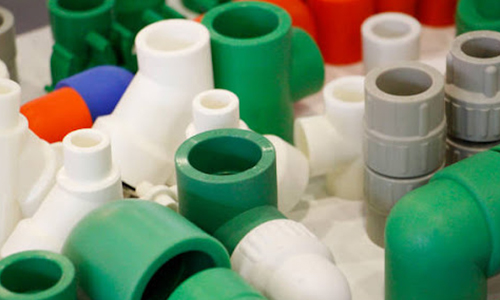
Machining a thermoset is a method of processing that creates a pre-formed solid state of a material. A polymer is transformed into a solid material by heat and pressure.
The term thermoplastic is used to refer to a polymer that alters shape and structure when heated. The characteristics are not dependent on the material’s chemistry or base.
As opposed to a thermoset, a thermoplastic polymer can be machined into any shape during manufacturing. The material’s natural mechanical properties (flexibility, strength, and elasticity) are retained when it is machined.
Due to its outstanding electrical stability in a variety of situations and circumstances, Teflon coatings are commonly employed in the aerospace sector. PTFE is frequently utilized in seals, housings, linings, and bearings due to its exceptional chemical resistance and sliding properties. Teflon retains its superior UV protection, resistance to hot water, and electrical insulation at elevated temperatures.
Chemically inert, unfilled PTFE provides the finest physical and electrical insulating properties of any Teflon grade. Reground PTFE is widely used to generate mechanical grade PTFE, which has greater compressive strength and wear resistance than virgin Teflon at a lower cost for industries that do not require high purity materials.
There are a variety of modified PTFE materialhttps://ptfedf.com/materials/ptfe/s, each with its own distinct properties. The coefficients of friction and percentages of load-induced deformation for a number of these upgraded grades are significantly reduced.
Among them are carbon-filled, glass-filled, nanotube, and synthetic mica grades. Teflon (PTFE) is increasingly employed as an addition to provide lower friction and wear qualities to a range of other base polymers.
There are a lot of advantages in using PTFE here are some of those:
This is probably the most important advantage since PTFE is a very expensive polymer. As PTFE continues to be used in a wide range of applications such as non-stick coating, insulation, medical equipment, automotive parts, etc. Its cost becomes more important.
As the properties and properties of PTFE is not changed by electrical insulating properties. This is another key advantage to keep in mind. PTFE coatings are predominantly used in equipment used in medical and aerospace equipment. Since it provides great electrical insulating properties.
PTFE as a material has been widely used as a material because of its special characteristics in the range of temperatures. Due to its excellent thermal stability, PTFE can be used at higher temperatures than any other plastics. In the range of 260 C to -260 C, PTFE provides good thermal stability.
Due to its flexibility, resistance to wear and its good thermal stability. PTFE has excellent coefficient of friction.
PTFC has very poor machinability. It can be machined in most cases, but it is not stable machinable in most cases, which is why not recommended for machining.
The flammability of PTFE is very low. This is especially important when you are working with PTFE as an insulating material for things like rotating machinery.
Here are some of the limitations that you may experience in machining teflon:
The coefficient of expansion of PTFE is high enough to cause serious trouble if you are machining it. Because PTFE is used in very high temperatures, the expansion and contraction of the material play a role in the outcome of the machining.
This is the other side of the story. PTFE is a very difficult material to cut. This is because the material has a high strain rate when it is cut. If you are machining PTFE, the result will be significant stress creep, which is why not recommended for machining.
Although PTFE can be machined tightly, the result will not be too good. The reason is the fact that PTFE only becomes more durable within a very narrow tolerance range. The machining results will be better if you are machining PTFE at very low speeds and on very large, high speed tools.
Although PTFE has very good physical properties, its mechanical properties are bad when it is machined. So it will be better when you are machining PTFE at very low speeds and low feed rates.
Because PTFE is a thermoset polymer, which means that its molecular structure is very sensitive to heat. This means that poor dimensional stability problems may occur.
PTFE is a soft material, and so burrs can be caused by poor machining. Due to this reason, you should always make sure that you are using a hard material as you are machining PTFE. PTFE is also machinable plastic. This leads to great strength and hardness, but also risk of burrs.
Teflon is not the most adaptive material for CNC machining, but because to its beneficial qualities, such as heat stability and a low coefficient of friction, it has considerable niche applications.
Wire insulation consumes nearly fifty percent of the world’s PTFE machining output, however neither wiring nor its insulation is manufactured with CNC machines. Teflon’s most well-known application is arguably its nonstick coatings for aluminum cookware; in this case, liquid Teflon is sprayed or rolled onto the etched metal surface. Teflon-coated cookware that is manufactured is rare.
The solid state of Teflon, on the other hand, is amenable to CNC machining. Teflon can be machined into a variety of industrial components, including gears, bushings, fittings, and valves.
In industries like as health, food processing, science, and aerospace, CNC-machined PTFE products include:
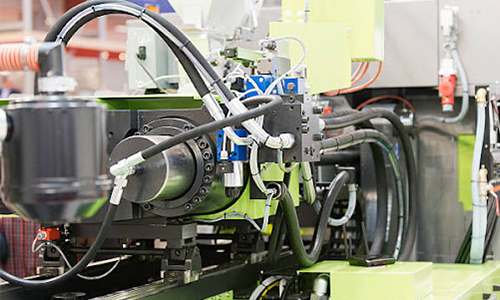
Ptfe molding or machining teflon are the techniques used for producing different kinds of PTFE parts and components. The techniques used on how to machine PTFE parts and components are primarily based on the amount of time, energy and cost of the process.
The main techniques used for machining PTFE parts & components are the injection molding and CNC machining technologies.
Ptfe molding is one of the most used techniques in machining teflon parts. This is because this technique can be used to produce high quality PTFE parts and components in a very short time and with low cost.
In the injection molding process, the injection machine is used to introduce the PTFE material into the cavity of a metal mold. The metal mold is then heated and cooled to form the PTFE part. The metal mold is then separated from the PTFE part in the same heating and cooling process.
With a few small exceptions, producing components from PTFE is not considerably different from manufacturing components from other materials:
This guide has given you clear information about the advantages and limitations of machining PTFE. Machining Teflon is not an easy task. If you are working with PTFE, you should know the limitations of machining PTFE and the different techniques used in PTFE Machining. This will help you achieve the desired results.
Like its customers, DCW PTFE is focused on the future. They’re constantly on the lookout for new and creative approaches and applications. Compression molding presses for PTFE machining resins were specifically designed for their use in these presses. PTFE molding is one of their specialties, and they are one of the top three in China. Contact our experts to get more information and free quotes.

Bellows Mechanical Seal are a type of mechanical seal where the spring element is a bellows. They are a critical component in preventing fluid or gas
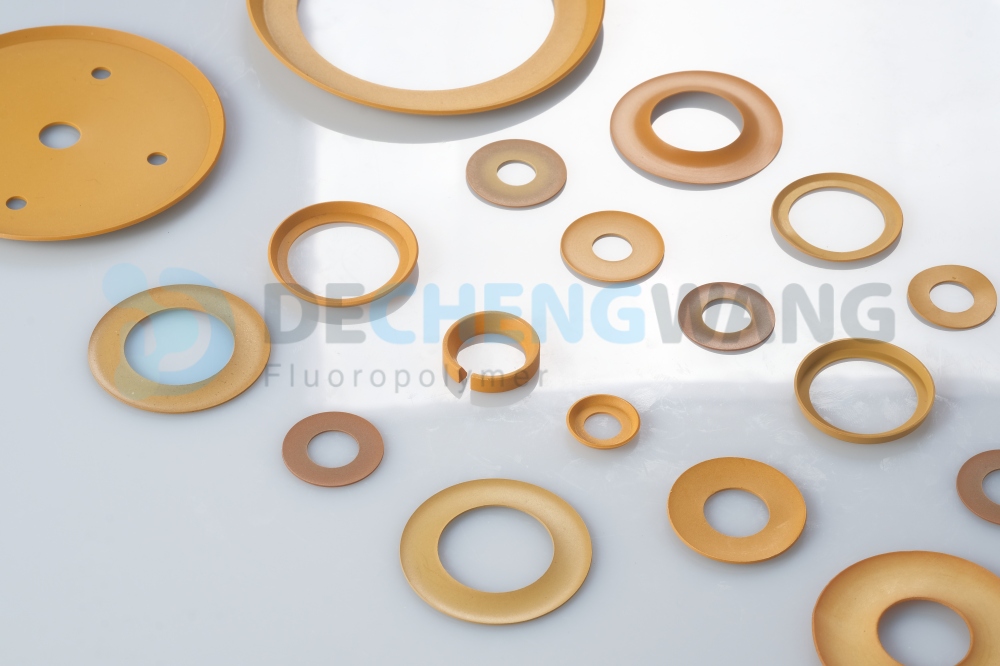
In the world of engineering and manufacturing, where precision and efficiency are paramount, the role of wear resistance plastic has evolved far beyond their conventional image.
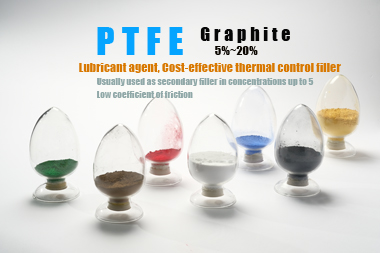
PTFE is a versatile polymer with outstanding properties like chemical resistance, low friction coefficient (self-lubricating), non-stick nature, and excellent electrical insulation. However, it also has some